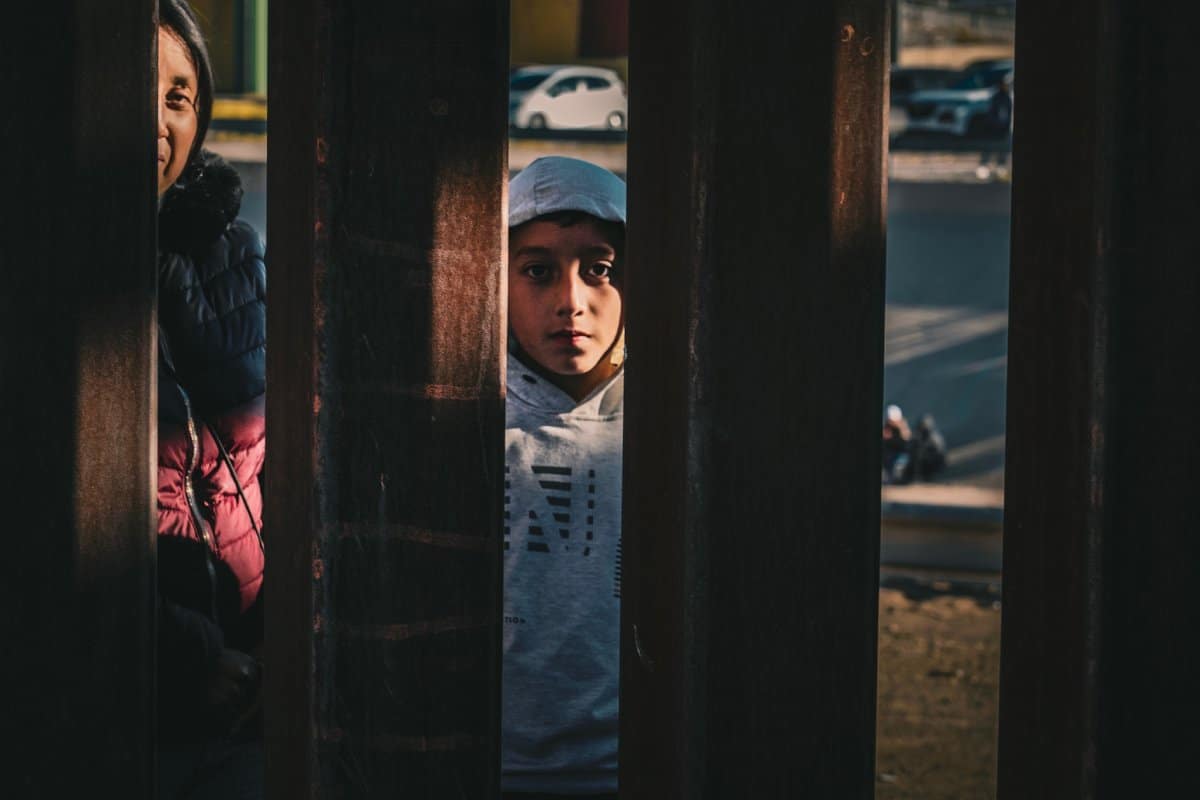Immigration is a multifaceted issue that presents societies with a myriad of challenges and complexities. While acknowledging its benefits, it’s crucial to address the negative aspects of immigration to develop comprehensive solutions. Explore the following 21 insights to better understand the hurdles and concerns associated with immigration.
1. Economic Strain

Immigration strains social services and infrastructure, costing billions annually. In the U.S., illegal immigration alone costs taxpayers approximately $116 billion per year, according to the Federation for American Immigration Reform.
2. Job Displacement

Studies have shown that immigration can depress wages for low-skilled workers. Research from Harvard economist George Borjas suggests that a 10% increase in the share of immigrants in the labor force reduces native-born workers’ wages by 3-4%.
3. Innovation Dilemma

While immigrants contribute to innovation, concerns exist about the exploitation of immigrant labor. A report from the Economic Policy Institute highlights cases of skilled immigrants facing exploitation and wage theft in the tech industry.
4. Fiscal Burden

Immigrant households often receive more in government benefits than they pay in taxes. According to the Center for Immigration Studies, immigrant households with children are more likely to use welfare programs, placing a strain on public resources.
5. Cultural Tensions

Rapid demographic changes due to immigration can lead to cultural tensions. In Europe, concerns about cultural assimilation and identity have fueled anti-immigrant sentiment, contributing to political polarization and social unrest.
6. Labor Market Disruption
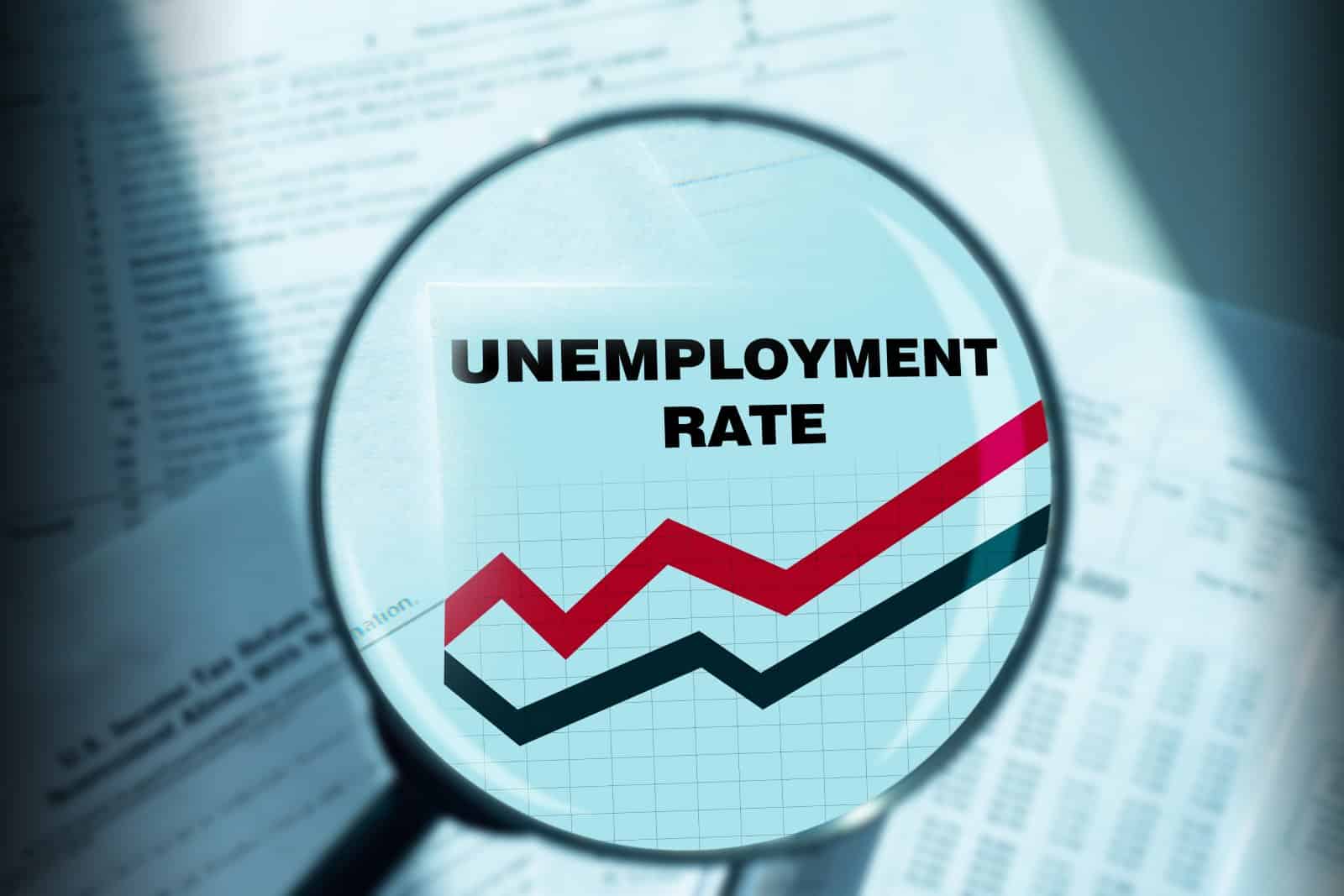
Immigrant labor may lead to job displacement and working conditions. A study by the National Bureau of Economic Research found that immigration led to a decline in employment rates and wages for low-skilled native workers in the U.S.
7. Entrepreneurial Challenges

Immigrant entrepreneurs face barriers such as limited access to capital and discriminatory practices. Research from the Kauffman Foundation indicates that immigrant entrepreneurs face higher rejection rates for business loans compared to native-born entrepreneurs.
8. Brain Drain Debate

Immigration contributes to brain drain in sending countries, depriving them of skilled professionals. According to the World Bank, sub-Saharan Africa loses approximately 23,000 skilled workers annually to emigration, exacerbating development challenges.
9. Remittance Dependency

Remittances support families in origin countries but may foster dependency. The World Bank estimates that remittances to developing countries reached $540 billion in 2020, highlighting their significant role in poverty alleviation but also raising concerns about long-term economic sustainability.
10. Social Fragmentation

Immigrant communities may face isolation and marginalization, hindering social cohesion. A study published in the Journal of Ethnic and Migration Studies found that social integration among immigrants in Europe varied widely, with factors such as language proficiency and social networks influencing outcomes.
11. Healthcare Strain

Immigrants’ access to healthcare services strains healthcare systems, particularly in countries with large immigrant populations. In the U.S., immigrants are more likely to be uninsured than native-born citizens, leading to increased uncompensated care costs for hospitals and clinics.
12. Aging Population Challenges

Immigration may not fully offset the challenges posed by aging populations. According to the United Nations, countries such as Japan and Italy continue to face demographic challenges despite immigration policies aimed at increasing population growth.
13. Public Opinion Polarization

Debates over immigration policies can polarize public opinion, leading to xenophobia and nativism. Surveys by the Pew Research Center show that attitudes towards immigration vary widely among political parties, with factors such as education level and geographic location influencing views.
14. Security Risks
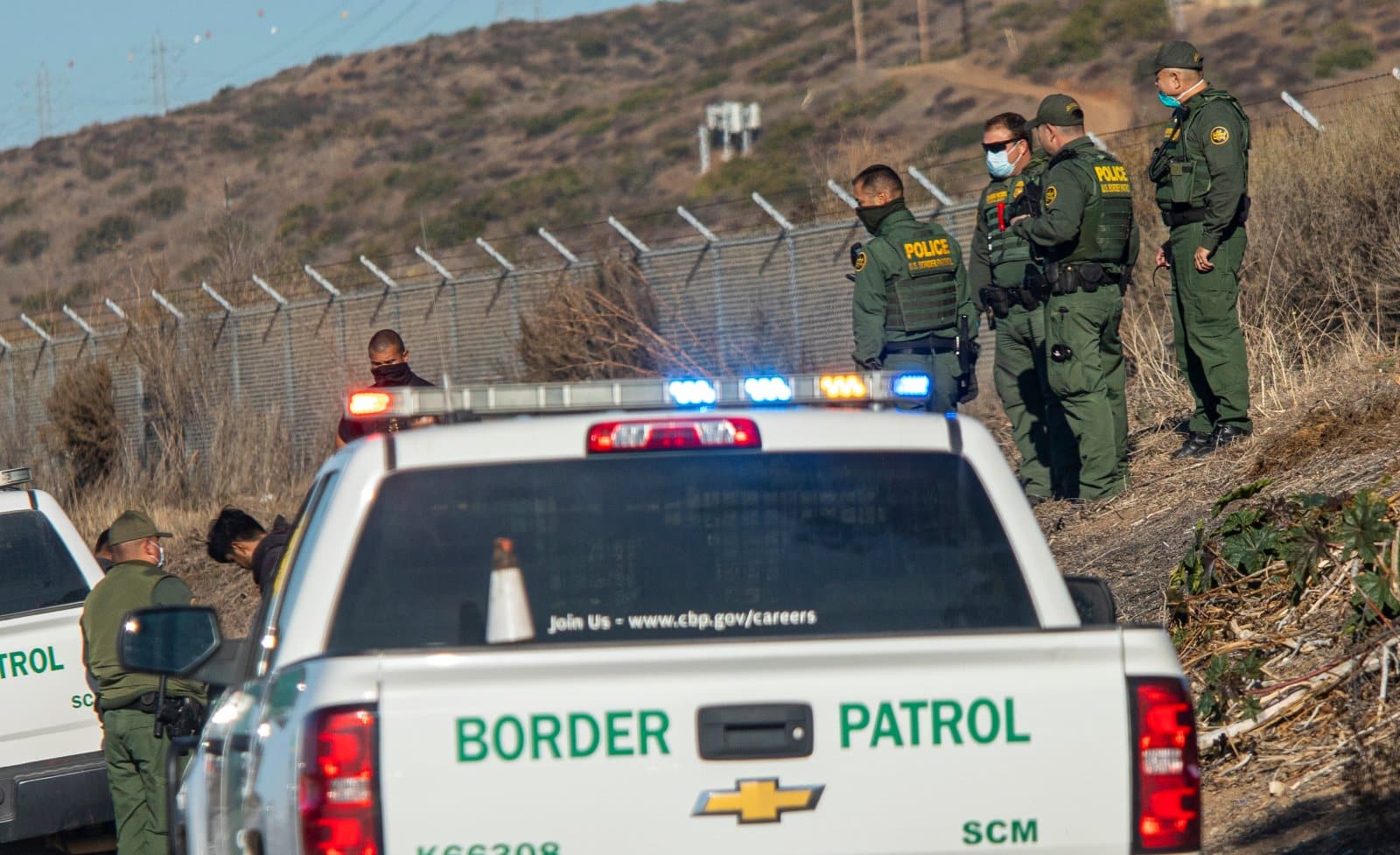
Immigration intersects with security concerns, prompting debates over border control and refugee resettlement. The rise of terrorism and extremism has fueled calls for stricter immigration policies in many countries despite evidence suggesting that immigrants are less likely to commit crimes than native-born citizens.
15. Family Separation
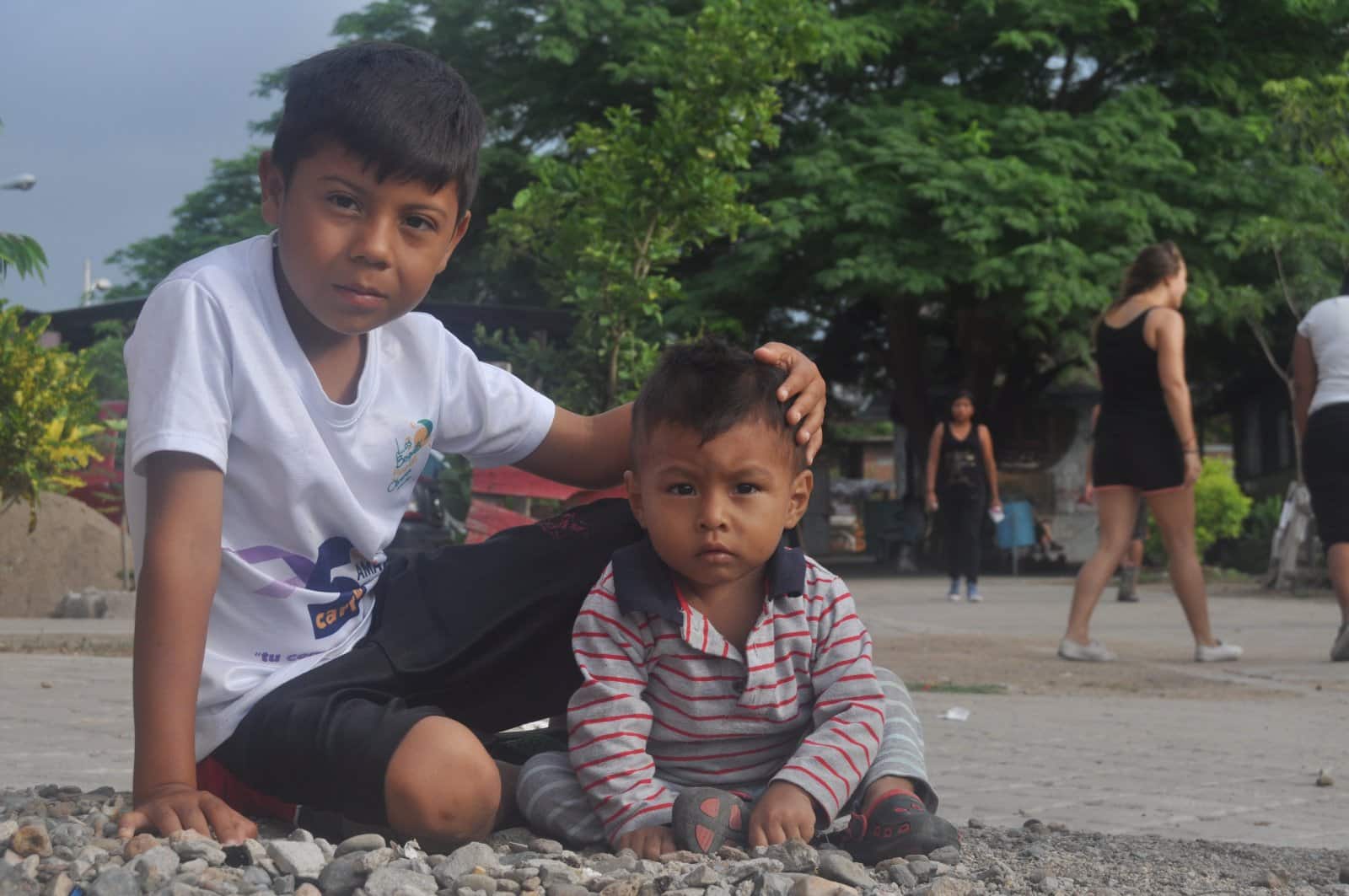
Strict immigration policies may result in family separations and emotional trauma. The policy of family separation at the U.S.-Mexico border sparked international outcry and condemnation, highlighting the humanitarian consequences of immigration enforcement measures.
16. Globalization Concerns
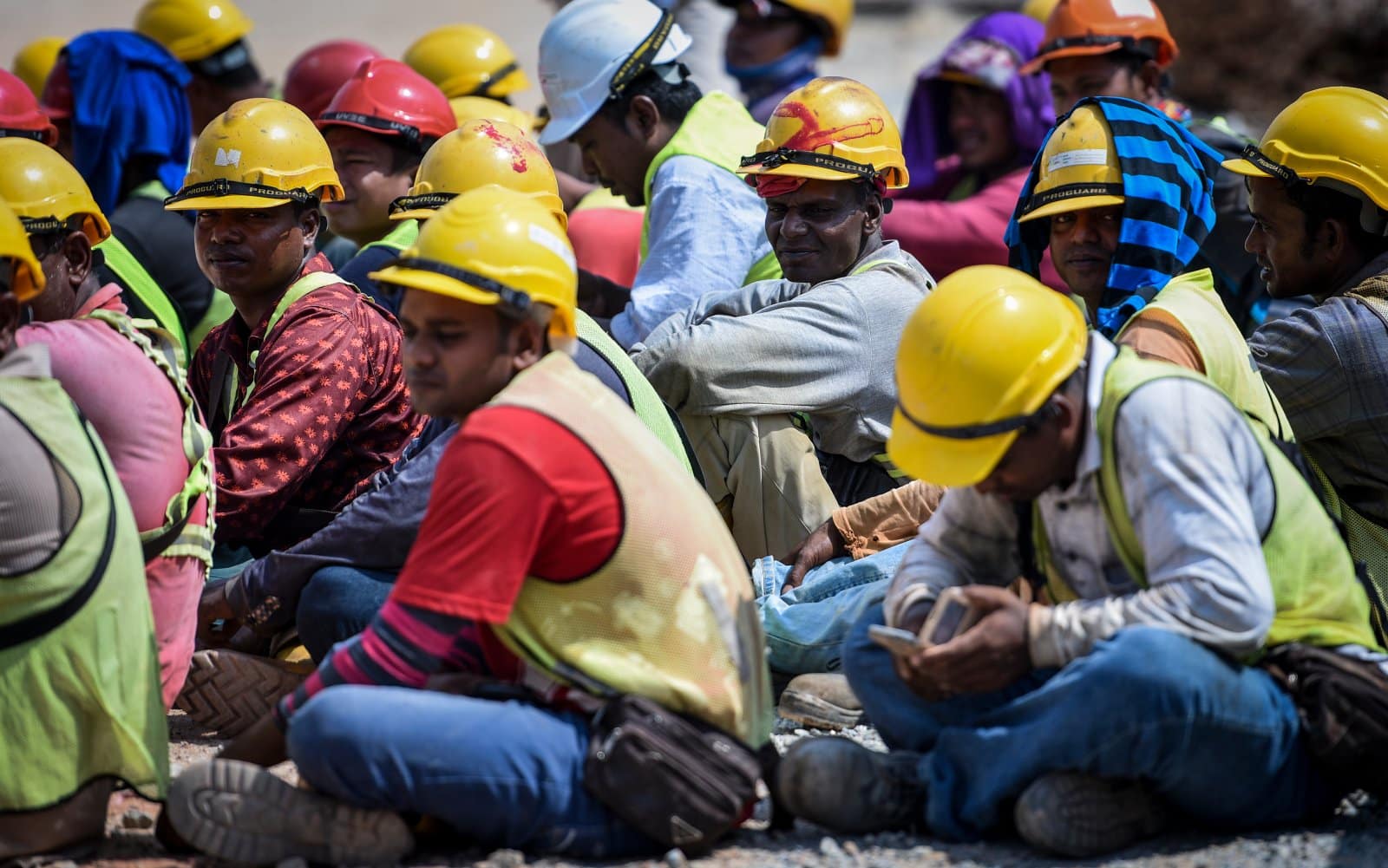
Immigration exacerbates inequalities within globalized labor markets. The International Labour Organization reports that migrant workers often face exploitative working conditions and lack access to social protections, leading to calls for fair labor standards and protections.
17. Environmental Impact
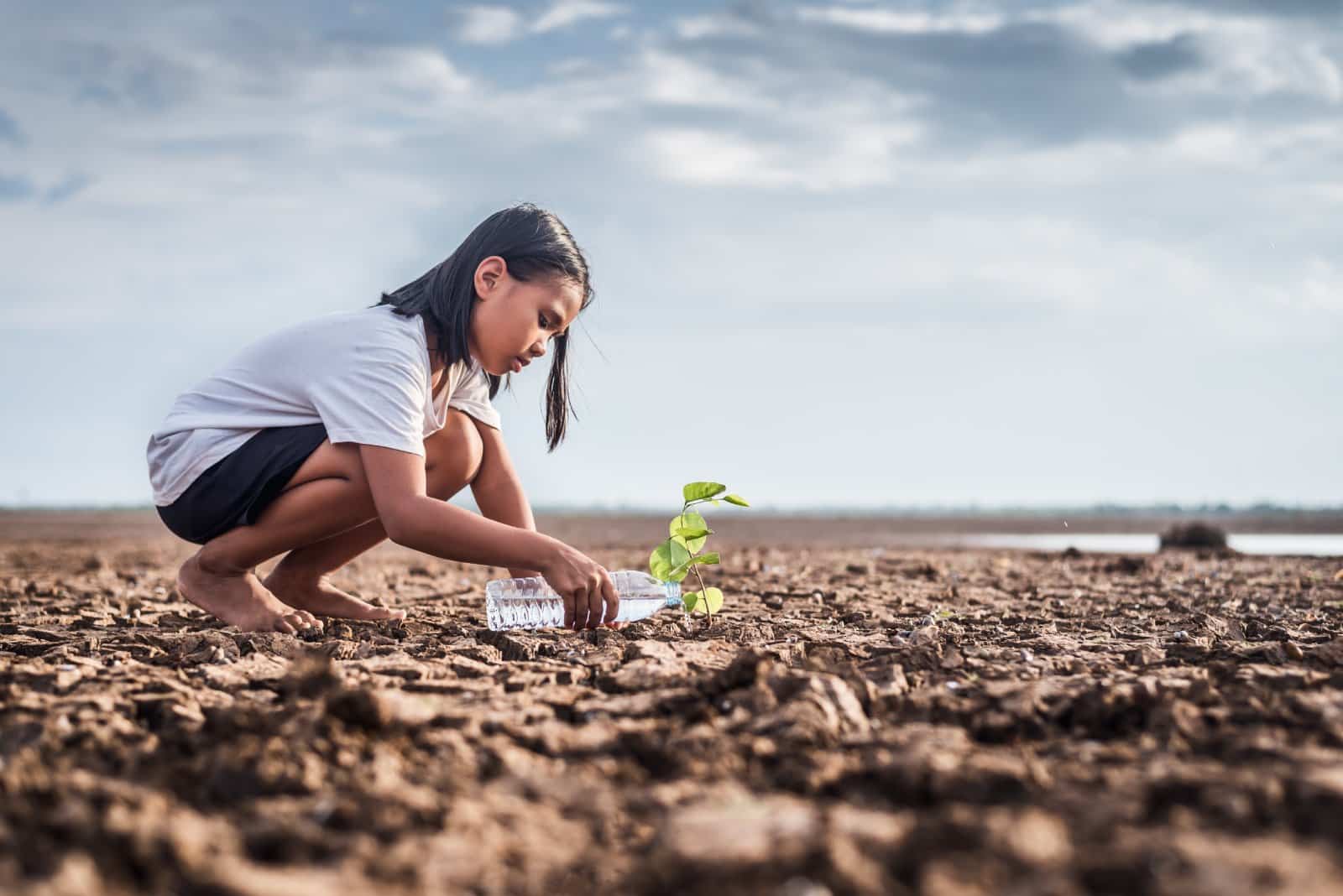
Immigration contributes to environmental degradation through increased consumption and resource utilization. A study published in Proceedings of the National Academy of Sciences found that immigration is a significant driver of population growth in countries with high per capita environmental impact, exacerbating climate change and biodiversity loss.
18. Education Struggles

Immigrant students face barriers such as language proficiency and discrimination. The Organization for Economic Cooperation and Development reports that immigrant students in many countries have lower educational attainment and higher dropout rates compared to native-born students, posing challenges for educational systems.
19. Cultural Assimilation Challenges

Immigrants may face pressure to assimilate into dominant cultures, leading to the erosion of cultural identities. Research from the Migration Policy Institute suggests that assimilation processes vary widely among immigrant groups, with factors such as socioeconomic status and country of origin influencing outcomes.
20. Humanitarian Crisis Response
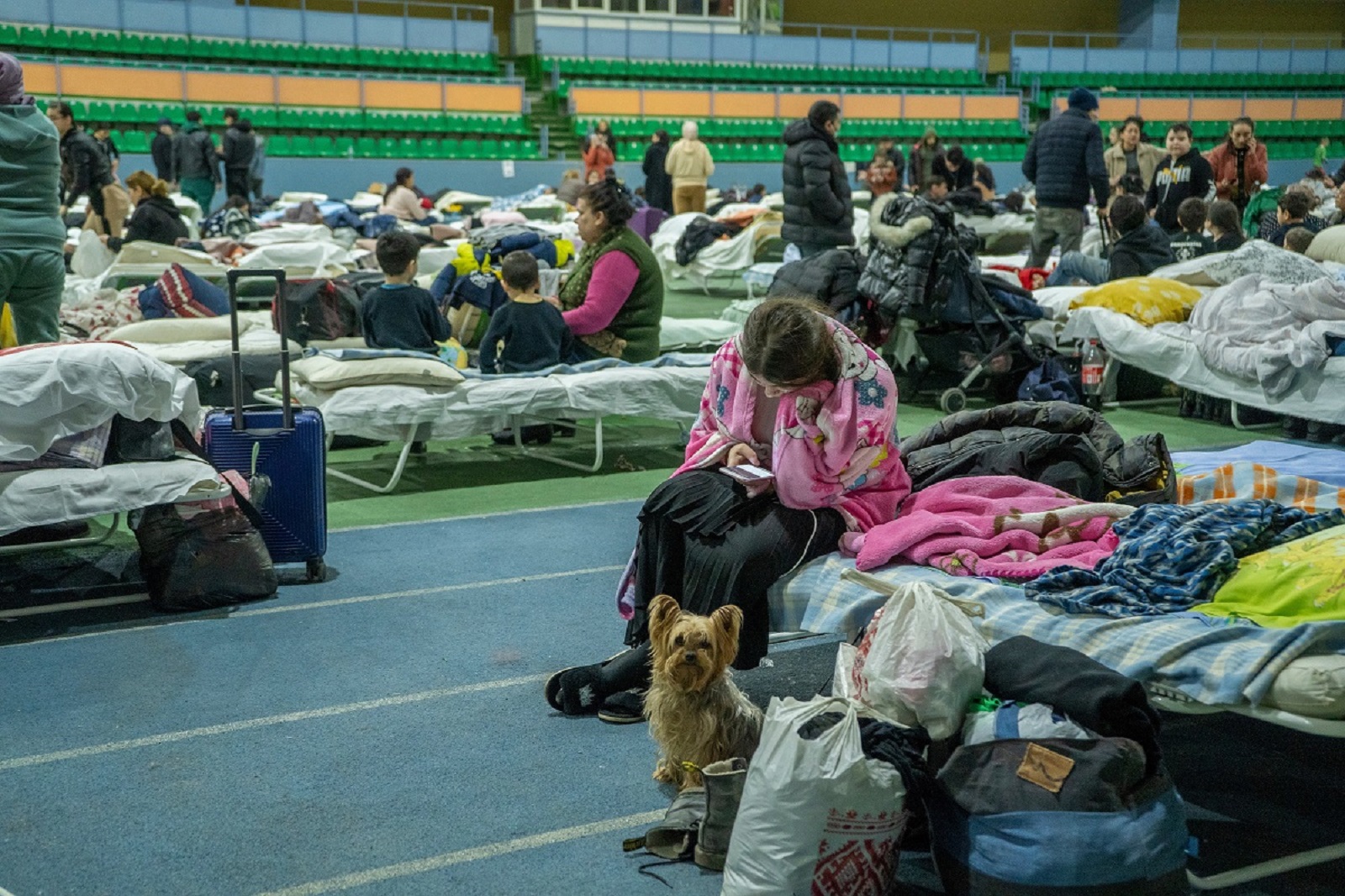
Immigration policies may fail to address humanitarian crises adequately. The ongoing refugee crisis in the Mediterranean and Southeast Asia has exposed gaps in international refugee protection mechanisms, raising questions about the adequacy of asylum and resettlement policies.
21. Economic Instability

Immigration policies that fail to address economic disparities may contribute to instability and social unrest. The International Monetary Fund warns that income inequality and lack of economic opportunities can fuel social tensions and political instability, highlighting the need for inclusive growth policies.
The post Immigration Reality Check: 21 Negative Aspects first appeared on Pulse of Pride.
Featured Image Credit: Shutterstock / Ruben2533.
For transparency, this content was partly developed with AI assistance and carefully curated by an experienced editor to be informative and ensure accuracy.

